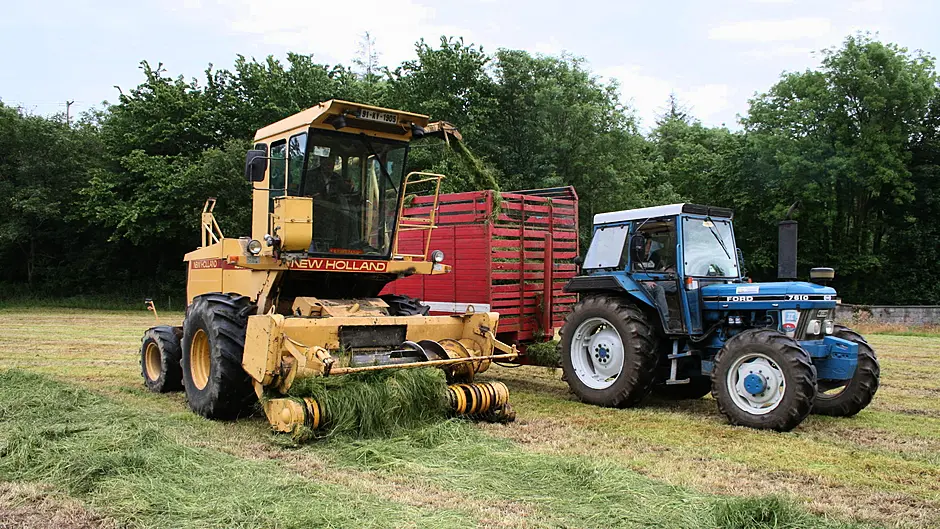
IT’S hard to deny pedigree, and the Ford 7610 has it in spades. With lineage traced back to the popular 7600 and the legendary 7000, the 7610 followed the tradition of four-cylinder, turbocharged, pocket rocket tractor with three key phases during its 10-year production life.
From its release in 1981, the 7610 was fitted with Ford’s Q cab or bubble cab, with the less refined AP cab also an option.
Although a synchromesh gearbox, the column change gear selectors had an illogical pattern and earned themselves the reputation as the Rubik’s cube.
This gave the 7610 somewhat of a shaky start. Ford remedied this oversight in 1983 with a H pattern column shift version as well as a modification for existing models.
In December 1985, the whole 10 series were upgraded to the Ford Force II rang.
The 7610 benefitted from a deeper blue paint scheme along with striking black decals with a red pin stripe.
Most notably however was the evolution of the Q Cab into the vastly improved Super Q cab. Key to this was the relocation of the gearsticks to the floor to the left of the operator, standing at a practical height.
The 7610 is a nice lightweight tractor at four tons and is powered by Fords 4.4l engine, turbocharged and equal in bore and stroke, producing 98hp.
Hydraulic output is rated at 70l/min, with a very respectable 4.2t lift capacity and was available in both 2wd and 4wd. Fitted with Ford’s SynchoShift Dual Power transmission, the 7610 has 16F and 8R gears.
A key feature of the 7610 is its manoeuvrability. Due to its short wheel base of 2.25m, thanks to its four-cylinder engine, the 7610 has a turning circle of 4.3m. This gives the tractor an edge over its much acclaimed 7810 sibling in a tight corner.
However, this did have some drawbacks with the tractor being lighter at the nose when lifting heavier implements and it is common to see a full complement of Ford 40kg weights hanging from the nose.
The 7610 received its final update with the Generation III range launch in 1989.
The tractor benefitted from rear plastic mudguard extension, however many internal improvements further enhanced the tractor’s performance.
The engine received an upgraded cylinder head, injectors and fuel pump spiking up the horsepower while also improving fuel economy.
A viscous fan assisted cooling while close centre hydraulics boosted hydraulic output.
• Contact Peter at [email protected] or see Instagram @flashphotoscork








